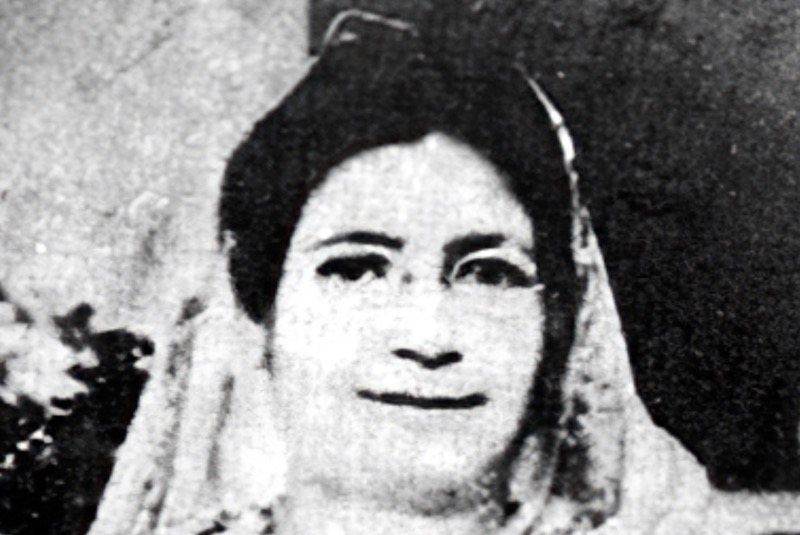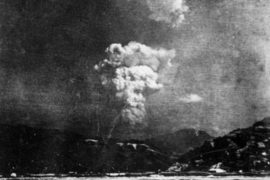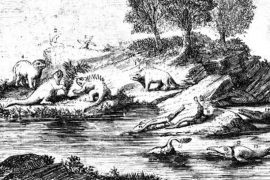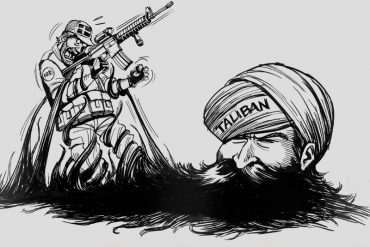‘You do not think it wise to keep sane people inside an asylum and let loose the insane? Of course not!’ said I, laughing lightly. ‘As a matter of fact, in your country this very thing is done! Men, who do or at least are capable of doing no end of mischief, are let loose and the innocent women, shut up in the zenana!’
In 1905, The Indian Ladies’ Magazine published a feminist utopian story, Sultana’s Dream. In a land called Ladyland, run by women, men are secluded in ‘mardana’—equivalent to the zenana, a part of a house for the seclusion of women. The technology is so advanced that cars fly, irrigation isn’t manual labour, and the weather can be controlled. There are no religious conflicts and no conflicts of power. In the lines of Sultana’s Dream, men live under the thumbs of women, and the society is harmonious.
While Sultana’s Dream did not receive much fame, its author emerged as an icon in feminist literature, a reformer of Bengali Muslim society, and a pioneer of women’s empowerment and education. Roquiah Sakhawat Hossain, also known as Begum Rokeya, was the first to start a school for educating Muslim girls in Calcutta.
Rokeya was born in 1880 to a wealthy landlord of Pairabondh village in Rangpur (now Bangladesh). Despite the family’s wealth, Rokeya was discouraged from getting an education as society limited women’s education. Her father, who adhered to conservative Muslim values, believed that women’s education should be nothing more than homemaking.
While her brothers were allowed to pursue higher education, Rokeya and her sister had to remain at home. However, the curiosities of the two sisters knew no bounds, and they sought to learn Bangla and English with the help and encouragement from their brothers.
At the early age of sixteen, Rokeya was married to an older man, Syed Sakhawat Hossain, a widower. Much to her luck, Hossain was ’a man of liberal attitude.’ He uplifted Rokeya by encouraging education and writing. Hossain himself was highly educated and served as a civil servant. He supported Rokeya’s cause of women’s empowerment and pushed her to write.
In 1904, Rokeya published Motichur, a collection of essays that addressed oppression faced by women and the need for emancipation for India’s independence. Motichur also urged women to speak up and fight to go beyond the status quo. Motichur began feminist literature that would break the shackles of gender-based discrimination.
In 1909, Rokeya’s husband passed away, leaving her with a sizable fortune. She used it to start an all-girls school in Bhagalpur, naming it after her husband, Sakhawat Memorial Girls’ School. She later moved the school to Calcutta due to a dispute over the property with her husband’s family.
Rokeya faced intense criticism from the community for introducing education in the Muslim community. Muslim Bengali families were reluctant to let women out of their homes. Ergo, Rokeya went from house to house, pursuing parents by promising a purdah system in school. From eight students in the beginning, Sakhawat Memorial School grew to thrive in Calcutta, becoming the best available education for Muslim girls.
In 1916, Rokeya founded the Muslim Women’s Association or Anjuman-e-Khawateen-e-Islam. She offered financial and educational support to poor Bengali Muslim women to empower them. Rokeya’s written work, supplementary to her on-ground activism, targeted the sexist society and its discriminatory practices.
In Padmarag (1924), she urged equal opportunities for education and upliftment of Muslim women, and in Abarodhbasini (1934), she criticized the purdah system and seclusion of women all over Northern India.
Rokeya believed in the power of education to uplift women. Growing up in a small-minded family with a disproportionate distribution of rights and knowledge, she knew that an independent life for a woman was not common. The power of her pen was immense, and her ability to reach an audience was attributed to her education.
Without the support from her husband, she would have struggled to stand up on her own feet, and most of the women in her community did not share her fate and remained secluded behind a purdah.
Sakhawat Memorial Girls’ School is still operational to this day and is maintained by the government. Rokeya died on December 9, 1932, shortly after presiding over a session of the Indian Women’s Conference at the age of 52. According to a report, on December 8, 1932, until 11 PM, she worked on ‘Narir Odhikar’ (women’s rights), an unfinished article.
-30-
Copyright©Madras Courier, All Rights Reserved. You may share using our article tools. Please don't cut articles from madrascourier.com and redistribute by email, post to the web, mobile phone or social media.Please send in your feed back and comments to editor@madrascourier.com











